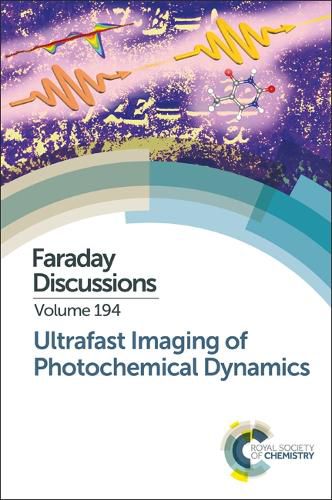Readings Newsletter
Become a Readings Member to make your shopping experience even easier.
Sign in or sign up for free!
You’re not far away from qualifying for FREE standard shipping within Australia
You’ve qualified for FREE standard shipping within Australia
The cart is loading…






Photochemical reactions have tremendous scientific importance, ranging from photosynthesis to atmospheric reactions, and technologies such as sensors or displays. Due to the intrinsic complexity of photochemical reactions, they remain the least understood type of chemical process. Nonadiabatic dynamics, ultrafast time-scales, quantum effects and conical intersections are known to be important, but a detailed comprehension remains elusive. However, new experimental techniques capable of monitoring photochemical processes in unprecedented detail are appearing. Many of these techniques are being developed by research communities not traditionally concerned with photochemistry, but provide an opportunity to shed new light on photochemical dynamics. This Faraday Discussion brings together experimentalists and theoreticians working from different perspectives in the field. It provides the opportunity to identify how new techniques can complement each other, to address contention and controversy, and to propose future research.
$9.00 standard shipping within Australia
FREE standard shipping within Australia for orders over $100.00
Express & International shipping calculated at checkout
Photochemical reactions have tremendous scientific importance, ranging from photosynthesis to atmospheric reactions, and technologies such as sensors or displays. Due to the intrinsic complexity of photochemical reactions, they remain the least understood type of chemical process. Nonadiabatic dynamics, ultrafast time-scales, quantum effects and conical intersections are known to be important, but a detailed comprehension remains elusive. However, new experimental techniques capable of monitoring photochemical processes in unprecedented detail are appearing. Many of these techniques are being developed by research communities not traditionally concerned with photochemistry, but provide an opportunity to shed new light on photochemical dynamics. This Faraday Discussion brings together experimentalists and theoreticians working from different perspectives in the field. It provides the opportunity to identify how new techniques can complement each other, to address contention and controversy, and to propose future research.